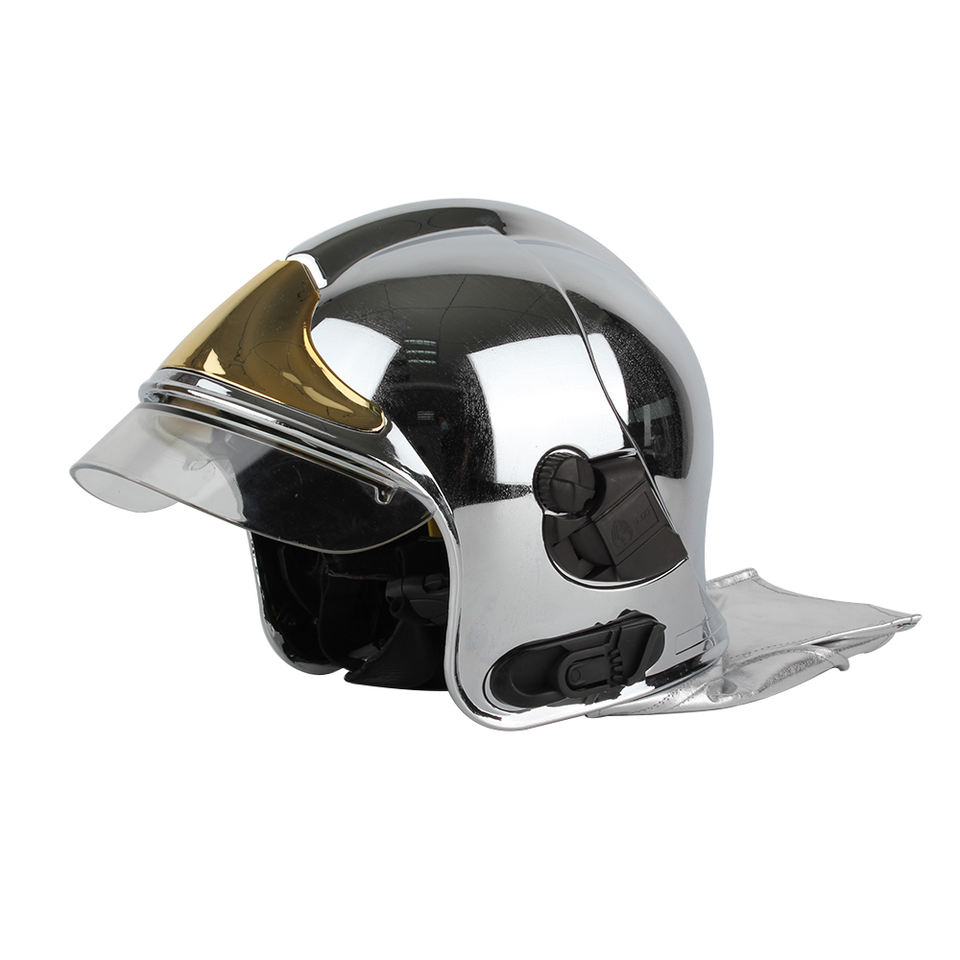car seat safety clothing product
Car Seat Safety and Clothing A Comprehensive Guide
When it comes to child safety in vehicles, car seat safety is paramount. Every parent wants to ensure their child's well-being while traveling, and this starts with choosing the right car seat and understanding how clothing can impact safety. This article delves into the critical aspects of car seat safety and the role clothing plays in ensuring a secure fit, allowing you to make informed decisions for your child's safety.
Understanding Car Seat Safety
Car seats are designed to protect children in the event of a car accident. They come in various forms, including infant seats, convertible seats, and booster seats, each suited for different age groups and sizes. The National Highway Traffic Safety Administration (NHTSA) provides guidelines on when to transition from one seat type to another based on the child's age, weight, and height.
1. Infant Car Seats These seats are designed for newborns and infants up to about 22-35 pounds. They are rear-facing and provide crucial support for the child's head and neck. It is essential to keep infants in rear-facing car seats for as long as possible, ideally until they reach the maximum weight or height limit set by the manufacturer.
2. Convertible Car Seats These versatile seats can be used in both rear-facing and forward-facing positions. They accommodate children from birth to around 65 pounds. Transitioning to a forward-facing position should only occur once the child meets the weight and height requirements.
3. Booster Seats Designed for older children who have outgrown their convertible car seats, booster seats help position the seat belt correctly across the child's chest and lap. Children generally need to use a booster seat until they are about 4 feet 9 inches tall and between 8 to 12 years old.
The Impact of Clothing on Car Seat Safety
While selecting the right car seat is crucial, improper clothing choices can compromise your child's safety. Here are some key considerations
1. Puffy Coats and Bulky Clothing Thick, padded winter coats may seem warm and cozy, but they can create a dangerous gap between the harness straps and the child’s body when buckled in. In a crash, the padding compresses, leaving inadequate protection. Instead of using bulky clothing, consider layers. Dress your child in a thin, form-fitting base layer and then use a blanket or car seat cover to keep them warm without compromising safety.
2. Hats and Scarves Similar to puffy jackets, hats and scarves can add extra bulk that affects how snugly the harness fits. It’s advisable to avoid these items while in the car. If weather conditions require warmth, a thin hat can be worn under the harness, and scarves should be removed once buckled in.
car seat safety clothing product

3. Footwear While not as impactful as jackets or blankets, make sure your child is in appropriate footwear. Flip-flops or oversized shoes can slip off or prevent proper positioning in the car seat, leading to unsafe conditions.
Tips for Ensuring Car Seat Safety
To maximize your child's safety in the car, consider the following tips
- Read the Manual Each car seat comes with specific instructions. Familiarize yourself with the car seat's manual and the vehicle's owner manual for installation guidance.
- Check the Harness Position Make sure the harness straps are at or below the child's shoulders when rear-facing and at or above the shoulders when forward-facing.
- Use Tightly Fitted Harnesses The harness should be snug against the child’s body. You should not be able to pinch any excess webbing at the shoulders.
- Perform Regular Checks Regularly check the car seat for recalls and ensure that it remains correctly installed. Consider a professional car seat inspection for added safety.
- Educate Your Child Teach older children the importance of buckling up and the dangers of distractions in the car.
Conclusion
Car seat safety is an essential aspect of responsible parenting and vehicle travel. By understanding the different types of car seats, how clothing impacts safety, and best practices for ensuring a secure fit, you can significantly reduce the risk of injury to your child while on the road. Prioritizing your child's safety starts with the right choices and consistent reinforcement of safe practices.
-
Wholesale Safety Helmets - Cheap OEM Supplier China Manufacturer
NewsMay.30,2025
-
Top Safety Helmet Manufacturers in Japan - Durable & Certified
NewsMay.30,2025
-
Affordable 3M Safety Helmets in Pakistan Bulk Pricing & Factory Deals
NewsMay.30,2025
-
Affordable HDPE & EN397 Hard Hats - Safety Certified, Bulk Deals
NewsMay.29,2025
-
FDA-Compliant Food Safety Clothing Suppliers Health Dept Approved
NewsMay.29,2025
-
adidas safety clothing
NewsMar.07,2025
